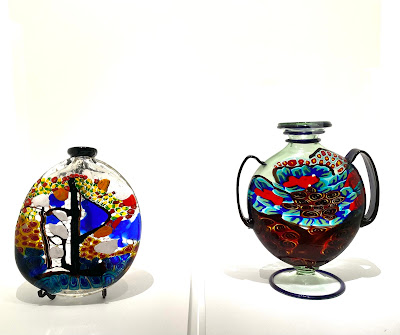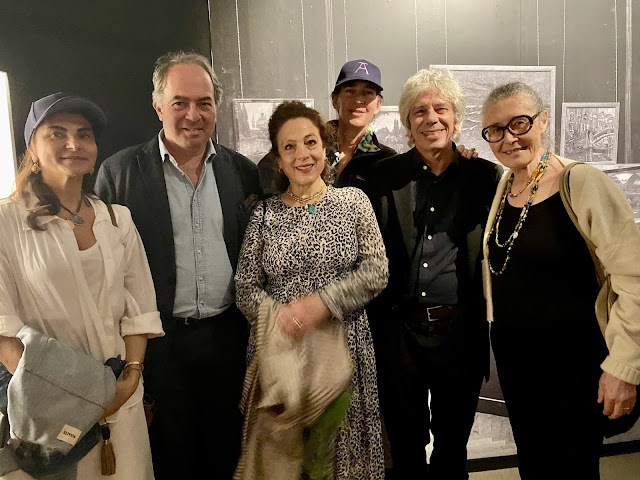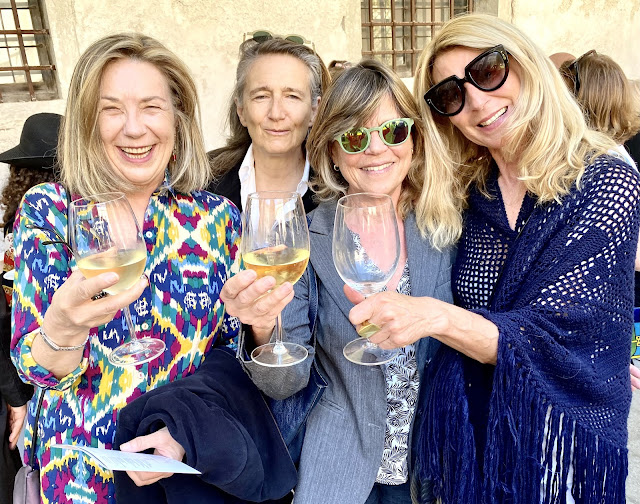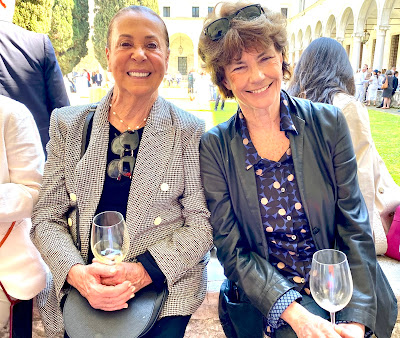"Let's take it further, ready when you are."
Le Stanze della Fotografia
Patrick Mimran - Out of Focus
On the first floor of Le Stanze della Fotografia - until August 11 - multidisciplinary artist - Patrick Mimran - Out of Focus - exhibition. Mimran's photography project, challenges traditional perceptions of reality through dreamlike imagery that blurs the line between reality and fiction. Drawing inspiration from mythology and employing technological manipulation, he creates abstract, surreal visions that evoke the unconscious and suspense, inviting continuous dialogue and interpretation - the images challenge conventional photographic norms, encouraging viewers to explore the boundaries of perception and imagination.
photograph - Andreas Bahrdt - courtesy Patrick Mimran
Multidisciplinary artist Patrick Mimran was born in Paris in 1956 and currently divides his time between Switzerland and the United States. He has primarily developed his work in the fields of visual arts and music. His paintings have been showcased in prestigious public and private spaces worldwide. Since the 1990s, he has embarked on various multimedia installation projects involving music, video, and photography. In 2001, Mimran launched his Billboard Project in New York's Chelsea neighborhood, featuring various aphoristic reflections on art, which he continued in Europe, including Venice, Rome, Bologna, and Moscow.
Slightly Out of Focus - Patrick Mimran
photograph courtesy Patrick Mimran + Le Stanze della Fotografia
Mimran's Out of Focus project draws inspiration from cinema noir, exploring a mythological dualism where man and woman represent facets of a single organism. Through technological manipulation, Mimran aims to heal the rift between imagination and realization, offering distorted images that challenge conventional aesthetics. His works dwell in the realm of the unconscious, inviting viewers to decipher their ambiguity. Mimran's approach mirrors that of a contemporary shaman, delving into the essence beyond matter
Patrick Mimran - Untitled - 140x105 cm - 2023 ChromaLuxe Thermo Metal Prints reinforced with Alu-Dibond
Patrick Mimran
Patrizia Cortiana and Denis Curti
Mimran's visions delve into the essence of the human condition, balancing harmony and chaos. They capture fleeting moments and gestures, inviting viewers to engage with them as traces of existence, much like Duane Michals' enigmatic narratives. Instinct guides Mimran's photographic journey more than reason, as he pays tribute to life's encompassing and jolting experiences.These images transcend documentary constraints, leaving indelible imprints on the mind, evoking a succession of emotions that ultimately lead viewers into the labyrinth of doubt.
Patrick Mimran - Out of Focus



.jpg)
.jpg)




































































